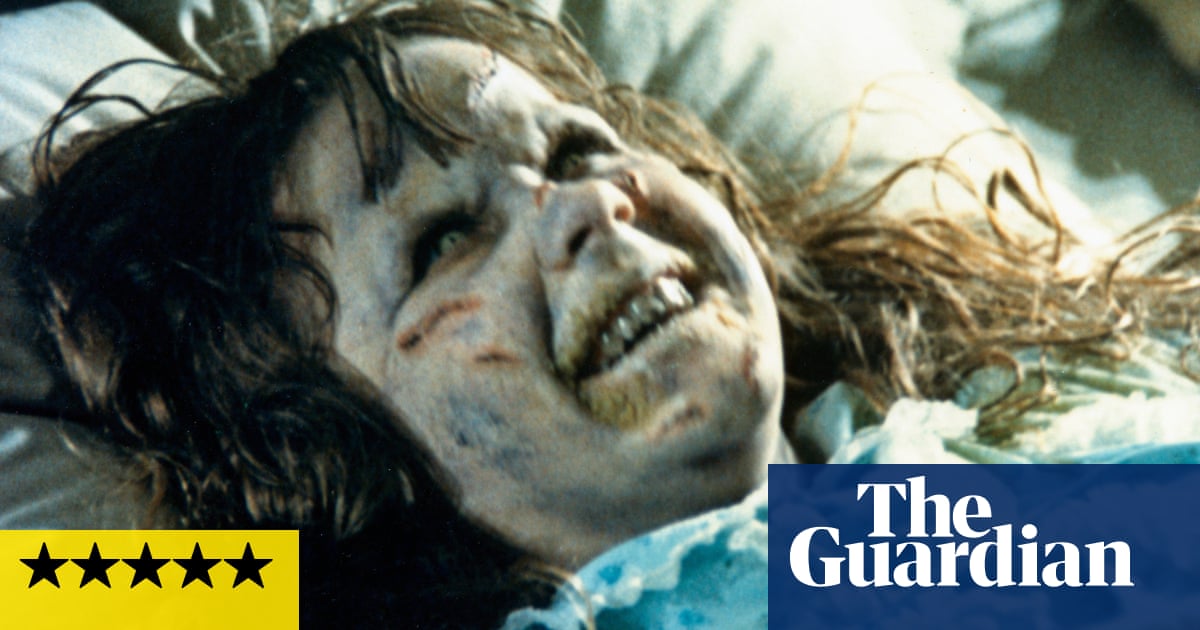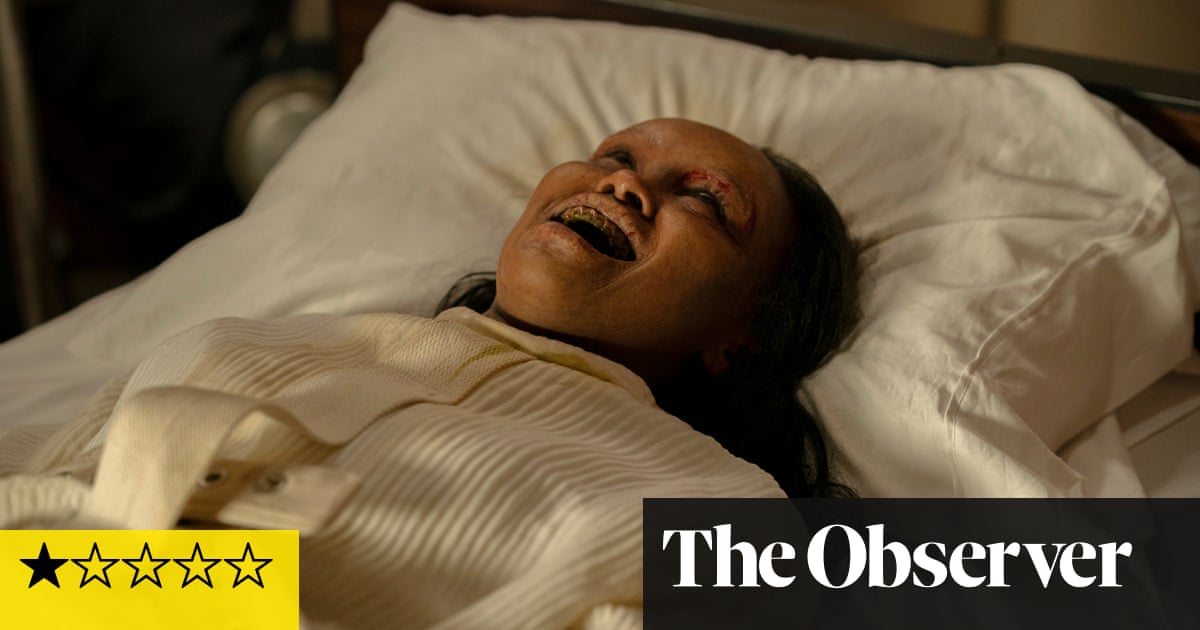
William Friedkin’s deadly serious contemporary horror, adapted for the screen from the bestseller by novelist William Peter Blatty, is back now in cinemas for its 50-year anniversary in the extended director’s cut. This is the film that whispered its evil into the ears of US audiences traumatised by political and generational upheaval. It is also the great ancestor of the entire horror genre: a 132-minute jump scare – with horribly malign slow sections – taking place in upper-middle class America rather than some exotic central European locale. (I have in the past suggested that it brought supernatural fear into the American suburbs; well, I should admit that Georgetown in DC is hardly a suburb, in fact the point is that it is very near the political centre of the free world.)
Ellen Burstyn plays movie actor Chris MacNeil, a single mother ordinarily resident in California but currently renting a handsome townhouse in Washington as she shoots a film called Crash Course; she is playing a liberal academic at odds with the student body who are violently possessed with revolutionary ideas. Her director is a louche and boozy Brit called Burke Dennings, whose persona is maybe inspired a bit by Ken Russell, who is played by veteran Irish stage actor Jack MacGowran and whose death shortly after shooting helped create the “cursed film” aura that surrounds The Exorcist.
Chris’s personable teen daughter Regan (Linda Blair) starts behaving oddly. Her bed (for any teenager, that all-important centre of secret, intimate quasi-adult hopes and dreams) starts jumping and rattling with her on it. Regan’s face becomes horribly distorted and distended with satanic scowling, she screams weapons-grade swearwords, in itself an unforgettably disturbing experience for 1973 audiences. After consulting medical doctors and troubled but scientific-minded priest Father Damien Karras (Jason Miller), Chris turns to an actual exorcist. This is Father Lankester Merrin, played with gaunt and haunted dignity by Max von Sydow, who we had seen in the opening section at an archaeological dig in Nineveh, where he had had a shattering presentiment of evil.
For half a century the head-swivelling and the bright green projectile vomiting have dominated discussion of the film – but Friedkin and Blatty’s structural and rhetorical masterstroke is surely the obscenely explicit section before any satanic stuff has happened – and it really does horrify. This is the “rational” investigation of Regan’s body, positioned in parallel with the church’s “irrational” catharsis: her spinal tap angiogram in hospital, which stricken Chris is effectively forced to watch, like Malcolm McDowell with his eyelids clipped open in A Clockwork Orange, that other great fear-of-the-young chiller. Regan’s neck is injected after some hideously brown liquid is painted on to the skin and a very scary and entirely real metal contraption surrounds her head and body. (Modern day MRIs make this look like an ancient torture device.) The spinal tap moment flavours the entire film with its own clinical trauma; our defences are already broken down before the possession commences.
So what on earth has got into Regan, this gentle, charming young girl? An entire postwar generation was asking itself the same question about young people in general – though perhaps no more so in 1973 than any other year – and I think the gloomy disillusion is epitomised by Lee J Cobb’s tough cop, trying to find rational answers of his own. The metaphor isn’t simply sexual; it extends to family and parents know the dismay of finding that a child whose submissive innocence has been more or less taken for granted is now rebellious, or challenging, or simply different – an individual separate from them. And this change happens with uncanny and inexplicable suddenness; a switch has been flipped. Perhaps it can only be unflipped with the parent’s death, which is part of the film’s sacrificial theme. The Exorcist is diabolically inspired: it’s still capable of making you jump and yelp.
The Exorcist is released on 29 September in UK cinemas.












